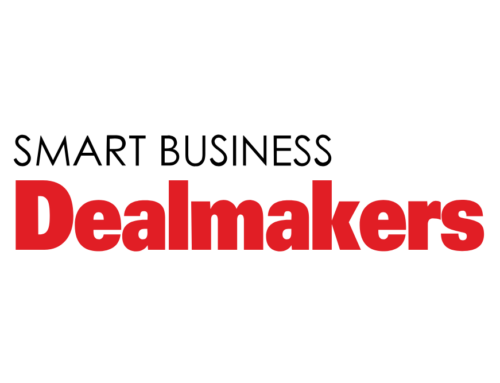In this week’s Best Money Moves roundup, we take a look at news stories and new research studies that may impact employee benefits and HR issues. We hope you find this news roundup helpful, and we’d love your feedback.
Is your financial wellness program paying off?
Some companies look at the price of financial wellness programs to decide which service to offer, but it’s more complicated than that. A recent survey by Ernst and Young reveals that employee engagement is a better indicator of whether a financial wellness program is “worth it.”
It starts with understanding your workforce’s diverse demographics, since most workforces span multiple generations, as well as how people think and feel about money. In this case, the survey results were clear: Companies that invested in financial wellness plans saw a direct and positive impact on employee well-being, retention and productivity.
Financial wellness can’t be measured effectively using short-term metrics, but by taking a calculated risk to support employees, companies are seeing results that really matter. Check out the full report to see the benefits of an engagement-focused approach.
Best Money Moves is a Next Great HR Tech Company finalist! We are incredibly grateful for your support and can’t wait to take the stage at the HR Technology Conference in October. See the full list of finalists.
Men and women experience work differently. That means your company’s efforts to boost employee engagement can’t be one-size-fits-all. Here are some solutions.
What’s the trick to keeping millennial employees around? This ex-Google employee thinks student loan repayment has something to do with it. Read her solution.
How are employers addressing the rise in healthcare costs? By looking at which health conditions are hitting their employees hardest and helping them better manage their symptoms. Here are the 10 biggest culprits.
Gen Z is ready to disrupt the workforce. This generation, comprised of people born in 1994 or later, are entering the workforce with a new approach to diversity, communication, technology and benefits. Learn how to keep up.
Work-life balance is pushing older workers into retirement. Sudden health shocks, caregiving responsibilities and other obligations often cause workers to retire earlier than they might have otherwise. What can employers do to help?
Open enrollment isn’t just about health insurance. This year, employers are likely to offer more voluntary benefit options than in the past, including expanded financial wellness programs. See what else is in store.
How do you know if your employees are engaged? Surveying employees is a typical strategy, but what if you’re asking the wrong questions? Build a better engagement survey.
Telehealth is an employee benefit on the rise. According to the Large Employers’ 2018 Health Care Strategy and Plan Design Survey, 96 percent of employers will offer telehealth services next year in states where it is permitted. Learn more.
Have something to add? Email info@bestmoneymoves.com.





